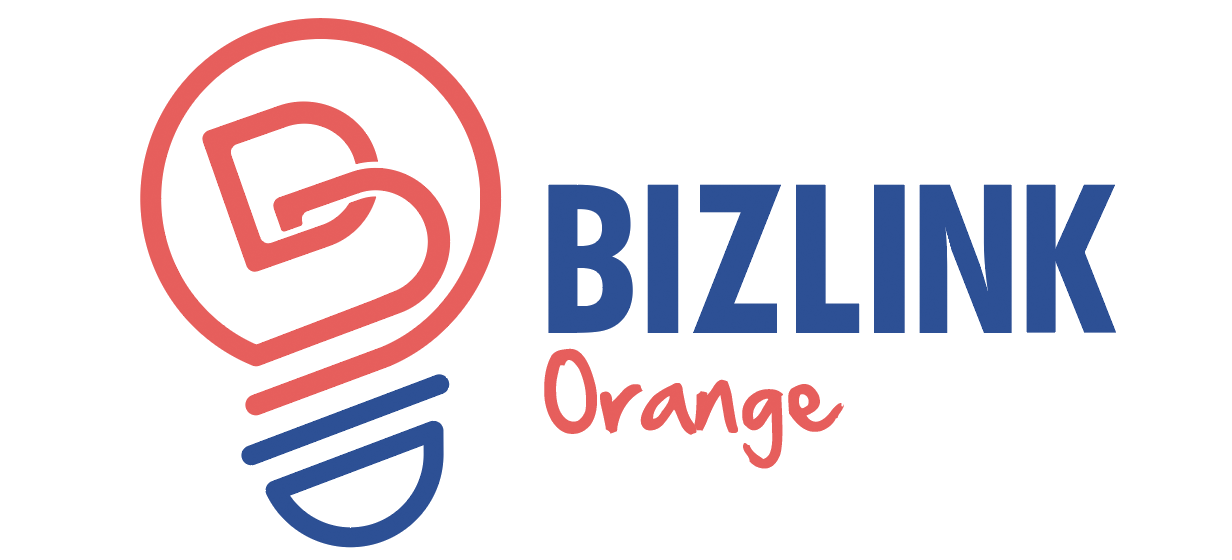Complexity To Simplicity
Confronted by a world of complexity, we desire simplicity most of all.
Though our sophisticated technology has simplified many things like data storage, and number crunching, it has come with a bundle of complexity. It drives us to distraction and goes against what we want most – simplicity. One person who understood this was Steve Jobs.
Simplicity is at the heart of Apple’s products; from their smooth, sleek aesthetic to their easy-to-use functionality. Although we all seek the convenience that complex technology brings, we want it to function as simply as possible. This is the chief reason behind Apple’s success.
In fact, if you take a look at the most successful companies in the world, one thing unites them – they make things straightforward, and simple for their customer. Even though there’s a great deal of complexity to what they do internally, customer experience is one of simplicity.
That is not to say complexity isn’t necessary and could be preferable sometimes. But in the twenty-first century, we’ve needlessly complicated things that should be very simple. We can learn a lot from bees and their hexagonal hives. Like us, bees live in enormously sophisticated networks. And while most of us wouldn’t want to live in a society as uniform as the beehive, we can learn from the way bees organize themselves. They never attended business schools and/or engineering schools!
Let us consider their use of the hexagon. This simple shape can be combined in endless ways to create a strongly connected structure. Rather than bewildering complexity, they offer clarity and definition. Compare that to the way we, humans, organize our own communities and businesses, with their sprawling bureaucracies, and you can see why the
simplicity of the hexagon is so appealing.
That is on the macro level. On a micro level, the hexagon serves as a great reminder of how to streamline our individual lives. Simplicity is achieved through streamlining priorities. And the best way to remember how to streamline our priorities is to visualize them. Neatly enough, the six facets of the hexagon also match the number of things that we can comfortably hold in our working memory at any one time-six. So if this shape is used successfully by nature, serves as a great visual tool to remember what’s key in our day-to-day lives.
Now we know why the “KISS” principle- Keep It Simple Stupid is the preferred design principle. It is about striving for Simplicity. A simple solution is better than a complex one, even if the solution looks stupid.
Shan Shanbhag, Ph.D.
Mentor and Business Development Advisory
Principal, Shanbhag Enterprises
[email protected]
407-718-8115




